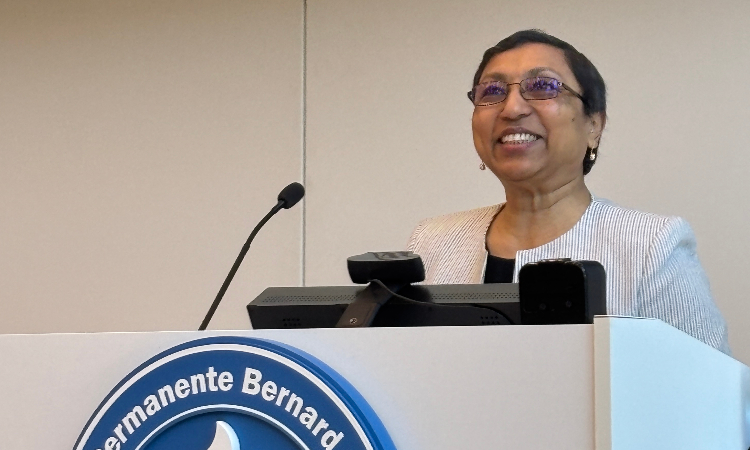A study has shown that patient navigation services provided by health systems to assist patients in accessing timely and appropriate healthcare significantly improve breast and cervical cancer screening and follow-up rates, especially for populations facing barriers to care. Analyzing results of 42 randomized clinical trials involving more than 39,000 participants, the study found that patient navigation services led to significantly higher screening and follow-up rates compared to usual care. On average, breast cancer screening increased by 13.8 percent and cervical cancer screening increased by 15.6 percent when navigation services were provided.
The lead researcher of the study was Heidi D. Nelson, MD, MPH, MACP, FRCP, Professor of Health Systems Science at Kaiser Permanente Bernard J. Tyson School of Medicine (KPSOM). The study, “Patient Navigation Services for Breast and Cervical Cancer Screening and Follow-Up,” was published in JAMA Internal Medicine.
“This study assesses the effectiveness of patient navigation in supporting patients through the multiple steps required in cancer screening that are often incomplete because of cost and other barriers,” said Dr. Nelson. “By helping patients navigate the complex healthcare system, navigation services may increase access to cancer screening and follow-up care, reduce disparities, and improve health outcomes.” The publication reinforces KPSOM’s mission to advance health equity through research, education, and community engagement.
These findings informed recent federal recommendations from the Health Resources and Services Administration (HRSA), which now includes patient navigation as a covered preventive service for women under the no cost sharing requirements of the Affordable Care Act . The recommendations were issued by the Women’s Preventive Services Initiative (WPSI), an expert advisory group to HRSA. Dr. Nelson has worked with the WPSI and HRSA for the past 10 years in developing preventive services guidelines for women.



